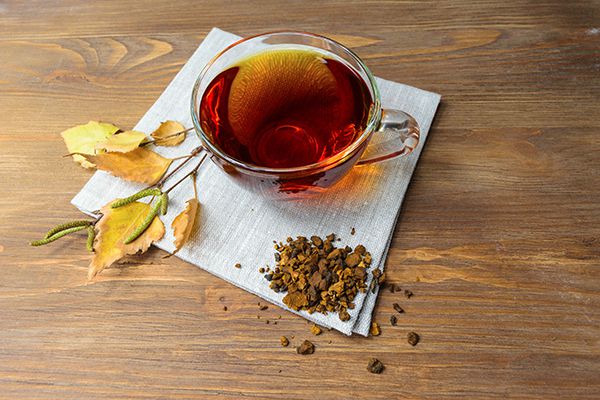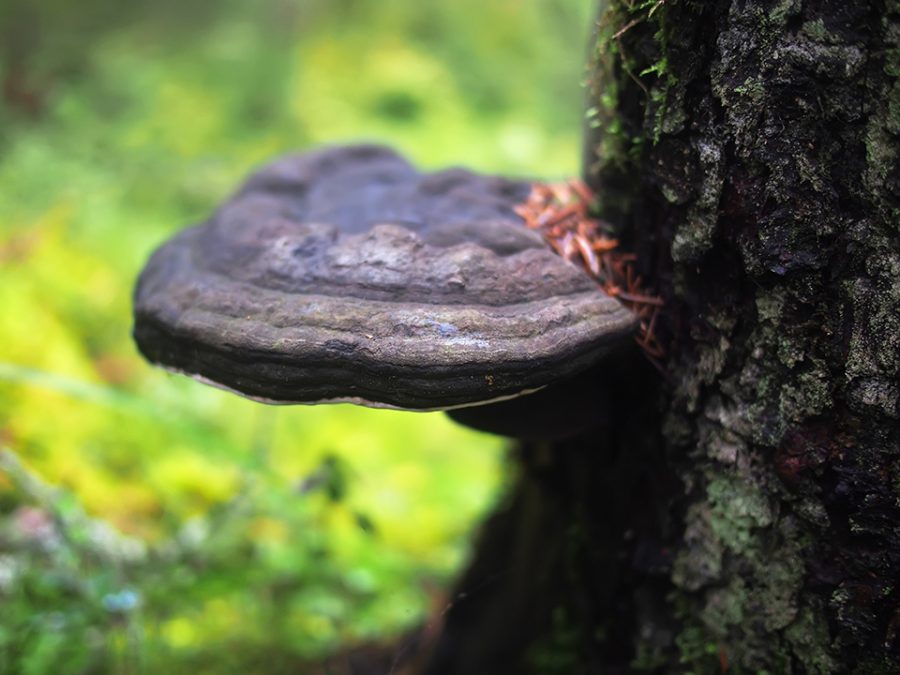Chaga Tea?
We’re alwayson the lookout for products that can promote our readers’ health and well-being, and may not yet be that well-known, but deserve to be. Last quarter, we talked about the incredible health benefits of ashwagandha root. This quarter, our latest suggestion is Chaga tea.
Origins
It’s derived from a type of fungus (Inonotus Obliquus– politely termed a “mushroom”) which grows on certain trees (often species of birch) in cold northern forests (the taiga) across Russia, Canada, Scandinavia, Korea and Japan. The name itself comes from an Old Russian word for mushroom originating in the Ural/Siberian region.
It has almost certainly been used for thousands for years by indigenous populations for its medicinal qualities, with literary references going back to 12thCentury Kievan Rus(now Ukraine). Since then, Chaga has been the subject of intense (albeit not yet definitive) scientific study, because it seems to contain compounds that may help address or alleviate a wide range of conditions and symptoms. Although we should stress that it is not yet (to our knowledge) approved by any medical regulator as a specific treatment, we do know some know some benefits:
 Daily dose of vitamins
Daily dose of vitamins
It contains a remarkably wide range of vitamins, essential minerals and nutrients, including vitamin-B complex, vitamin D, zinc, iron, magnesium and calcium, as well as amino acids and fibre, so one could think of it as a natural supplement. This could help you get to your daily dose.
Defence properties
There is some evidence that it can support and boost the body’s immune system, through regulating the production of so-called cytokines – so, just the thing for the onset of winter! It is also known to give your energy and boost your mood.
Anti-inflammatory properties
It appears to have anti-inflammatory properties, and so may help reduce the impact of some chronic diseases. It may also have the ability to lower levels of LDLs- the “bad” cholesterol.
Preventative elements
probably most excitingly and controversially, there are some preliminary indications that the anti-oxidant compounds which Chaga contains may have both cancer-prevention and cancer-inhibition properties. It contains melanin (the pigment in your skin responsible for sun-protection) combats infection and promotes good circulation.
How to use it?
The usual way to ingest Chaga is through making a tea from the fungus after it has been cut, crumbled and dried. It is considered to have a pleasant, earthy taste, with some detecting hints of vanilla. “Chaga Tea” is widely available online, if you cannot find it elsewhere.
All in all, the Chaga mushroom seems to have the potential to deliver a number of health benefits, as part of a well-balanced diet. However, we must stress, yet again, that you should inform yourself first about its properties, potential side effects and drug/herb interactions before deciding to brew yourself that first pot of Chaga tea!
Find more on interesting new superfoods and recipes here.

